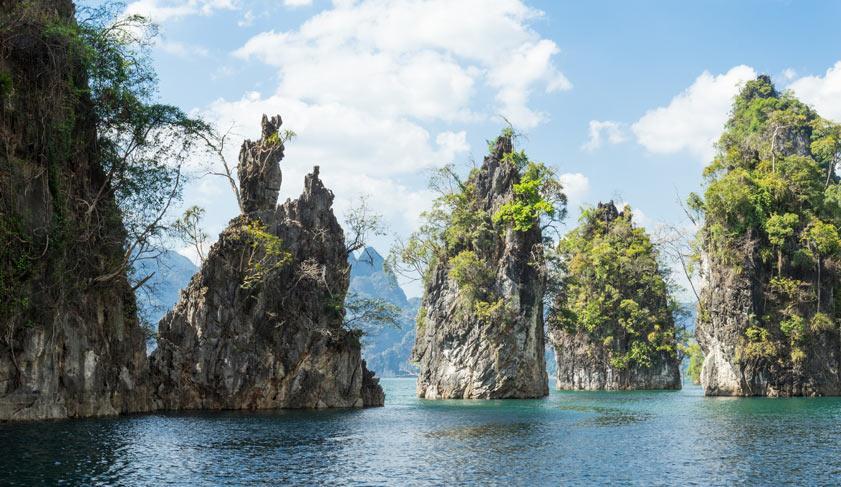Zanzibar Spice Island; the name itself throws forward images of an exotic and chaotic scene of sailors, traders and pirates. Prior to arrival, I had a preconceived notion of Zanzibar that would not be that far removed from a scene in Treasure Island. This says that 1. I have an overactive imagination and 2. Zanzibar has a fascinating and colourful culture and history that cannot help but fire the imagination (or mine, at least).

We arrived into Zanzibar by ferry from Dar es Salaam and underwent an additional immigration process to the one undertaken at the Tanzania border although technically it’s part of the same country (self-governing autonomous region, for those that are interested). Research had told us that Zanzibar immigration requires you to have a Yellow Fever certificate, so we obediently produced ours although I cannot recall if they were checked. After a minor waiting period that seems to be obligatory at any port of entry to make officials feel they’ve done their job, we were sent on our way.
My initial impression was that Stone Town is a bit like Venice. There are no masks, no canals and no gondolas, but there’s a definite similarity in the feeling you get when wandering around its narrow alleyways losing all sense of direction. It’s a maze, perfect for wandering and exploring, and when you come across a small stall or artisan shop you feel like you’ve discovered something no one else has… although good luck ever finding it again.

There are two main markets to explore in Stone Town, the night food market in the Forodhani Gardens and the Darajani Market. The first is easy to find. The Forodhani Gardens are on the promenade on the coast, and the market starts before dusk. For anyone that’s a foodie or street food fan, this market will enchant. As the sunlight dwindles, stalls start to set up in a pre-organised yet unapparent order that makes you feel they’ve done this many, many times. The food on offer ranges from meat skewers, all manner of seafood, sugar cane juice, chapatis, Zanzibar ‘pizzas’ and much more besides. The portions are generally snack size and you can literally make your evening meal by going stall to stall choosing bits here and there. Standard logic applies with the street food; if it looks like it’s been sitting for a long time, don’t go there. If there are locals and a queue next to a stall, chances are you’re on to a winner.

The atmosphere at the Forodhani Market is part of the attraction. Locals and tourists converge to sit on the various concrete seats along the promenade with their families and friends, enjoying the mild air after the intense tropical heat of the day. Teenage boys challenge each other by running and launching themselves off the 15-foot coastal walls into the shallow water below, parkour-style. It’s a heart stopping moment each time they jump (and occasionally back out at the last minute) and you can’t help but cross your fingers wishing them to make it.

In contrast to the pleasant, sleepy hum of Forodhani Market, Darajani Market (the main market for the town) is bustling, noisy, smelly and chaotic. It is located away from the coast, just off Creek Road which runs north to south dividing historic Stone Town from the rest of Zanzibar City. Selling everything from suitcases, fabrics, jewellery, wood carving, electronics, fruit, vegetables, spices, fish, seafood and meat, it’s a one stop shop that is definitely aimed at the locals. Most of the market is housed in a red-roofed building constructed in 1904 and spills out to line the streets and surrounding alleys. It’s a place of business and a wonderful area to observe people going about their day to day lives. It’s also the perfect location to work on your haggling skills. If in doubt, hover inconspicuously and see what locals are paying to get an idea of the going rate for your desired purchase.

With such a diverse history that involves so many different cultures including Arab, African, Indian and European, Zanzibar’s markets are not to be missed and are truly special and unique. For an island that has been a centre for trade since the 15th century, it is unsurprising that its markets now offer such an interesting display.
I visited Zanzibar while on tour in Africa with Tucan Travel.
About the Author: Rebecca is Digital Marketing Manager for Tucan Travel. She has travelled independently and on group tours through South America, Africa, Asia, Middle East and Europe. You can find her on Google+ or read her other contributions here.
Spread the love



